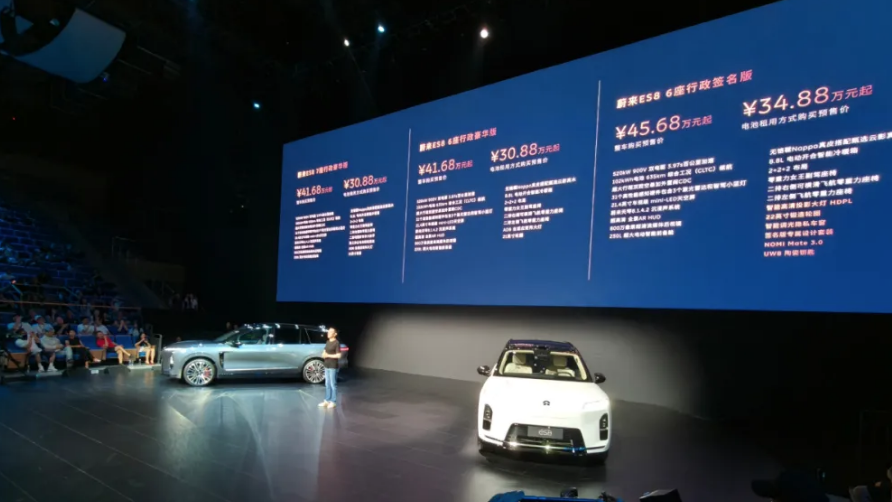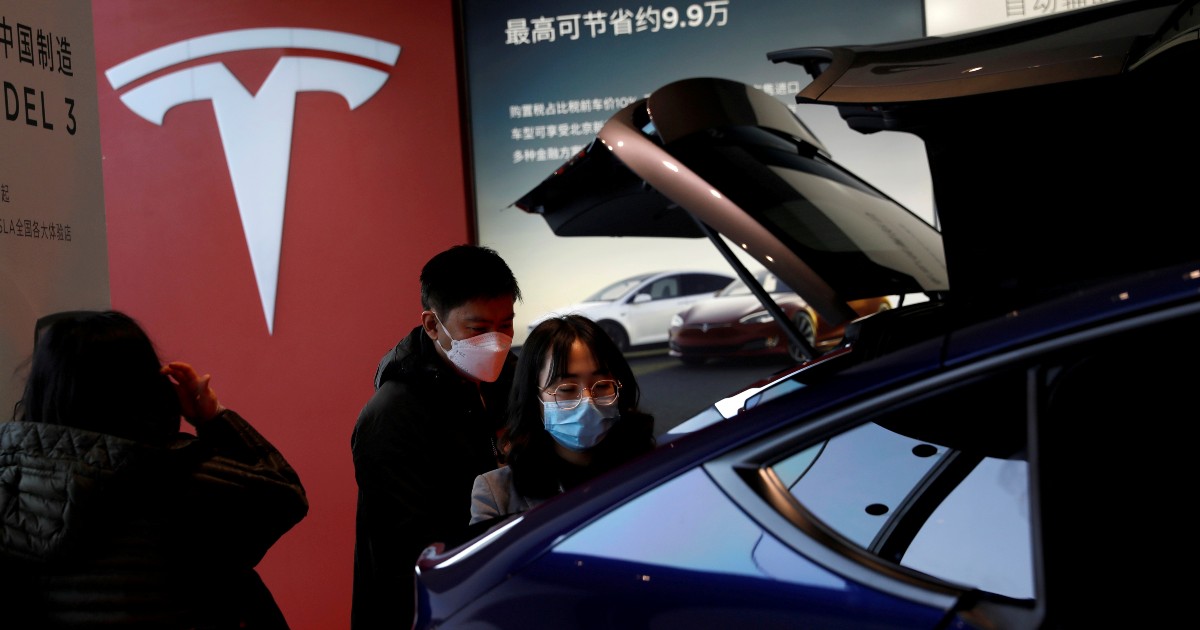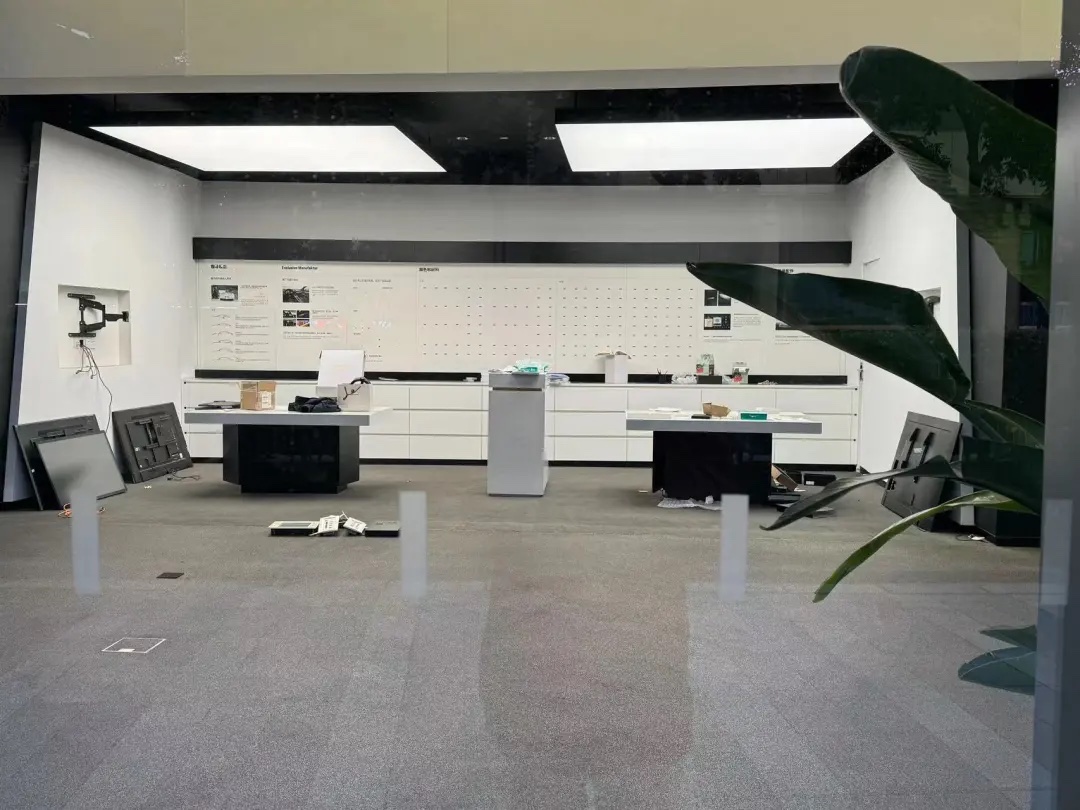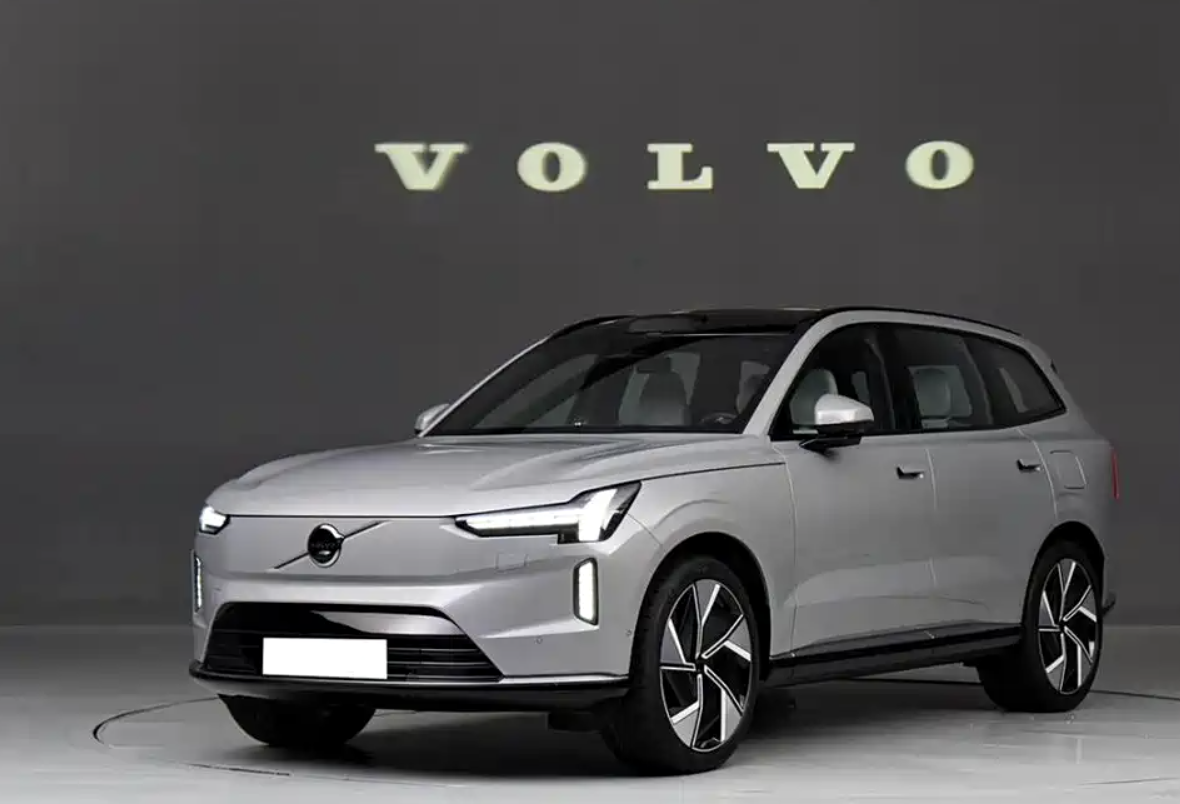Following the release of the all-new NIO ES8, NIO’s stock price surged for two consecutive days. Its U.S. stock rose by over 25% to $6.34, while its Hong Kong stock saw a 17% increase.

At the media briefing after NIO announced the pre-sale price of the all-new ES8, NIO’s Chairman and CEO Li Bin frankly stated: “If NIO continues to maintain high prices, it will be difficult to compete in the market.” Li Bin mentioned that he has recently received many suggestions and feedback from old users, with many advising not to overly and emphasizing that NIO’s survival is the top priority, as only then can the previous commitments to guarantees be sustained. In this process, it may not be possible to satisfy every user or take care of each user’s interests.
Li Bin also explained that the old ES8 adopted industry-leading technologies at that time, many of which were industry firsts, but this also led to a lack of economies of scale and high costs. The gross profit of the old ES8 was no higher than that of the all-new ES8. With the improvement of scale, the maturity of the industrial chain, and the use of self-developed chips, the cost of the new ES8 has dropped significantly compared to the old model, and there is still a gross profit margin at the current price.
Li Bin admitted that the old ES8 had mistakes, particularly issues with cost targets. The second-generation NIO ES8 was priced between 528,000 yuan and 638,000 yuan, which created a price gap with the ES6 (below 400,000 yuan), resulting in a lack of NIO products in the key 400,000-yuan price segment. He stated: “When the third-generation ES8 was initiated, its mission was to correct this mistake and return to the 400,000-yuan price range.”
On August 21, the all-new NIO ES8 was officially launched, and its pre-sale prices were announced. The new car offers three models: the 6-seat Executive Luxury Edition and 7-seat Executive Luxury Edition start at 416,800 yuan for the whole vehicle purchase, or 308,800 yuan with battery leasing; the 6-seat Executive Signature Edition starts at 456,800 yuan for the whole vehicle, or 348,800 yuan with battery leasing.
It is understood that the all-new NIO ES8 is built on the NT3.0 platform, with an overall product strength comprehensively improved compared to the old ES8. Not only is the body size larger, but comfort and technological configurations have also been significantly upgraded. Compared to the official price range of 528,000 yuan – 638,000 yuan when the second-generation ES8 was launched, the starting price of the third-generation ES8 has dropped by up to 111,200 yuan. Of course, this is currently the pre-sale price, and the official price after the new car’s launch will be further adjusted, with the possibility of falling below 400,000 yuan.
The all-new ES8 has dimensions of 5280/2010/1800mm and a wheelbase of 3130mm, upgrading from a mid-to-large SUV to a full-size SUV. It offers two layouts: 6-seat (2+2+2) and 7-seat (2+3+2). The third-row legroom has been increased to 950mm, supporting a 130-degree recline angle, and is equipped with electric adjustment and heating functions. The front trunk has a capacity of 230L, with a load-bearing capacity of 50kg, while the regular trunk volume is 547L, expandable to a maximum of 3230L.
In terms of power and energy replenishment, the all-new ES8 is equipped with a dual-motor four-wheel drive system, with a combined power of 520kW and a peak torque of 700N・m, accelerating from 0 to 100km/h in 3.97 seconds. The new car comes standard with a 102kWh ternary lithium battery, offering a CLTC range of 635km. Based on the 900V high-voltage platform, the all-new ES8 supports 5C supercharging with a peak power of up to 600kW. Charging for 5 minutes can increase the range by 250km, and charging from 30% to 80% takes only 10 minutes. It also supports battery swapping.
At the media briefing after the launch of the all-new ES8, Li Bin’s statement “NIO’s survival is the most important thing” was straightforward and revealed his profound understanding of NIO’s current situation.
From the perspective of market competition, the new energy vehicle market is no longer what it was when the NIO ES8 first made its debut. Today, traditional automakers are accelerating their transformation, and new car manufacturers are fiercely competing with each other. Brands such as AITO (backed by Huawei’s intelligent driving), Xiaomi SU7, and Leapmotor have emerged in the market with their respective technological advantages and innovative concepts, continuously eroding market share. In such an intense competitive environment, if NIO continues to maintain high prices, it will undoubtedly fall into a passive position in market competition and struggle to gain a share.
For NIO, sales volume and market share are the lifelines. From the financial report data, NIO’s situation is not optimistic. From 2016 to 2024, the total net loss attributable to shareholders was approximately 120 billion yuan, and the net loss continued to expand in the first quarter of 2025, with a cumulative net loss of nearly 130 billion yuan in ten years. As of the end of March 2025, NIO’s asset-liability ratio rose to 92.5% from 76.28% at the end of the same period the previous year, and cash reserves decreased by 15.89 billion yuan month-on-month, with cash and cash equivalents 8.1 billion yuan. Under such financial pressure, increasing sales volume and expanding market share have become NIO’s top priorities. The low-price strategy of the all-new ES8 is a bold attempt by NIO to break through in the market. By lowering the price threshold, it aims to attract more consumers, increase the product’s market share, thereby alleviating financial pressure and providing support for the company’s sustainable development. Of course, whether NIO can successfully break through with the all-new ES8, return to the growth track, and achieve sustainable development remains uncertain.
Prior to this, NIO proposed the goal of achieving profitability in the fourth quarter of this year. According to information disclosed by NIO’s management in the first-quarter earnings conference call this year, the NIO brand is expected to reach a monthly sales volume of 25,000 units in the fourth quarter of this year, an increase of 20% compared to the stable sales volume of 20,000 units last year; the three models of the brand (L60/80/90) are expected to achieve a combined monthly sales target of 25,000 units in the fourth quarter of this year. Li Bin believes that NIO’s overall sales volume in the fourth quarter will exceed 50,000 units, with a gross profit margin of 17-18%, and “profitability can be achieved.”


